Image Gallery: Tiny-Armed Dinosaurs
Jurassic Outcrop
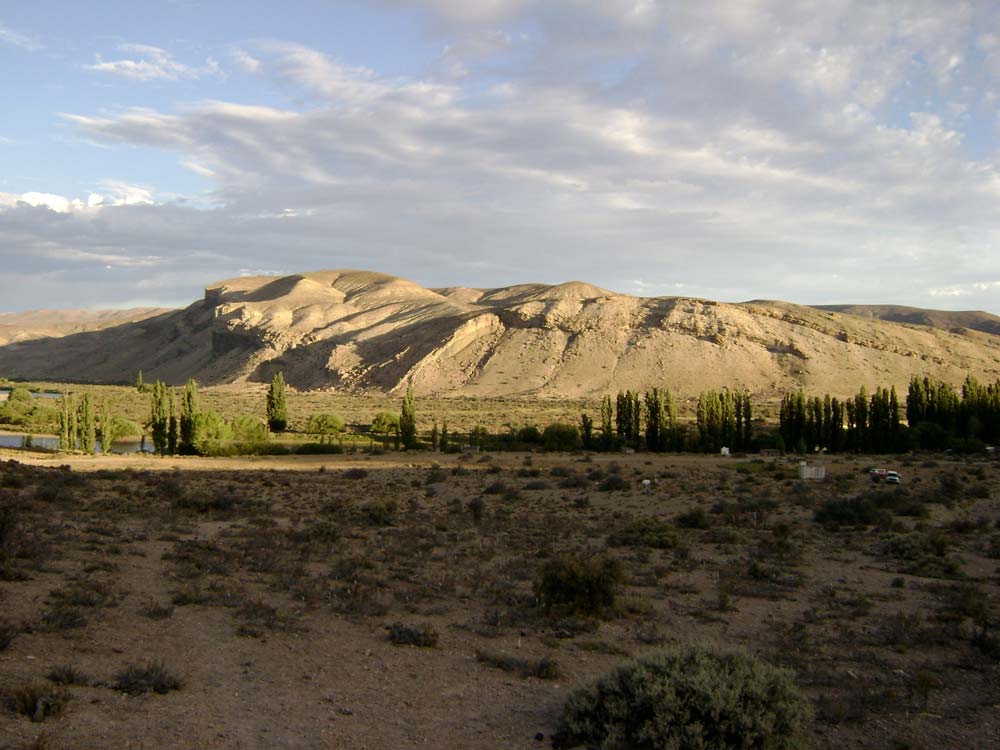
Fossils of a newly identified stubby-armed dinosaur were discovered in the Jurassic Cañadón Asfalto Formation outcrops, shown here in the evening sunlight, in Patagonia, Argentina.
Excavating a Dinosaur
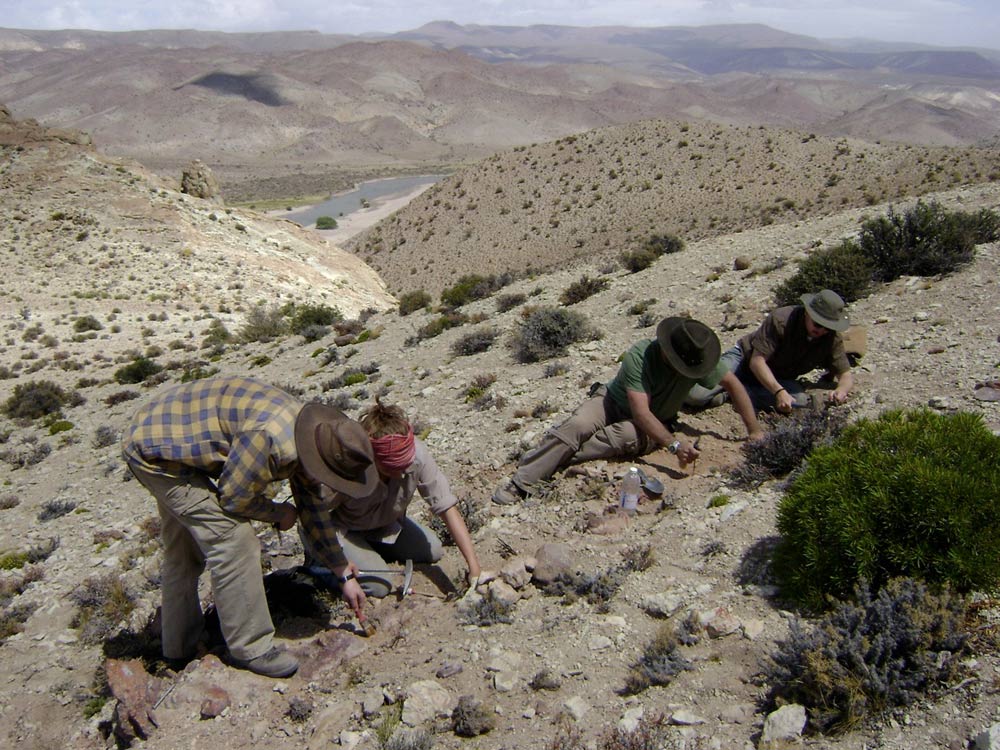
Researchers excavating the specimen of the abelelisaurid dinosaur named Eoabelisaurus mefi.
Bone Cleaning
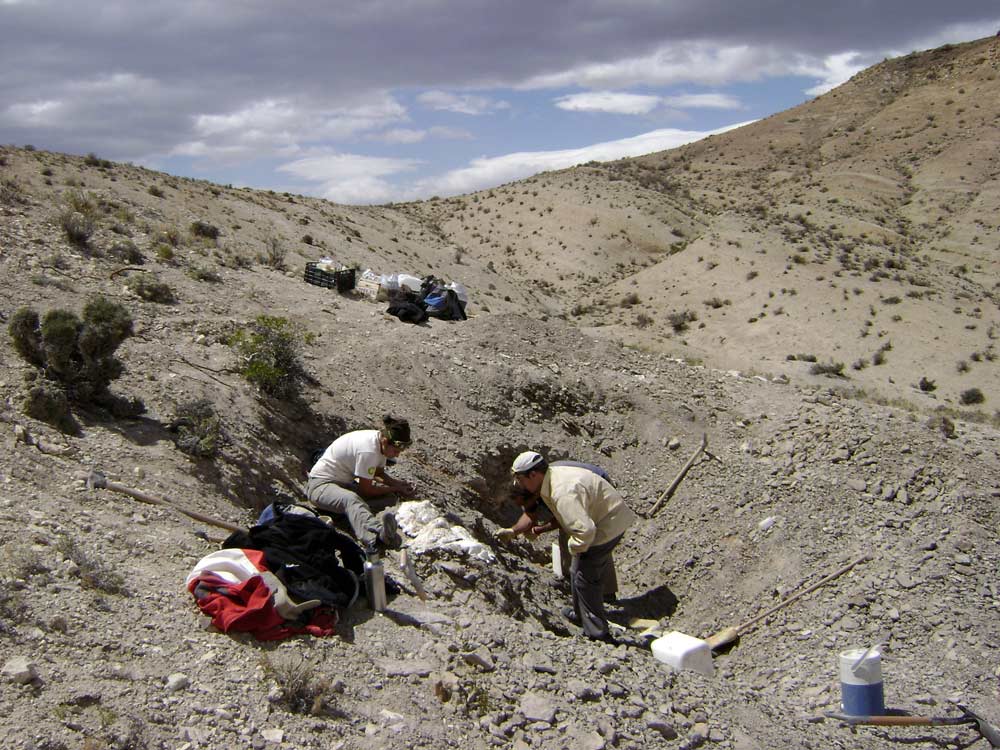
Scientists clean their first find in the hills above the Chubut River in Patagonia.
Skeleton Supported
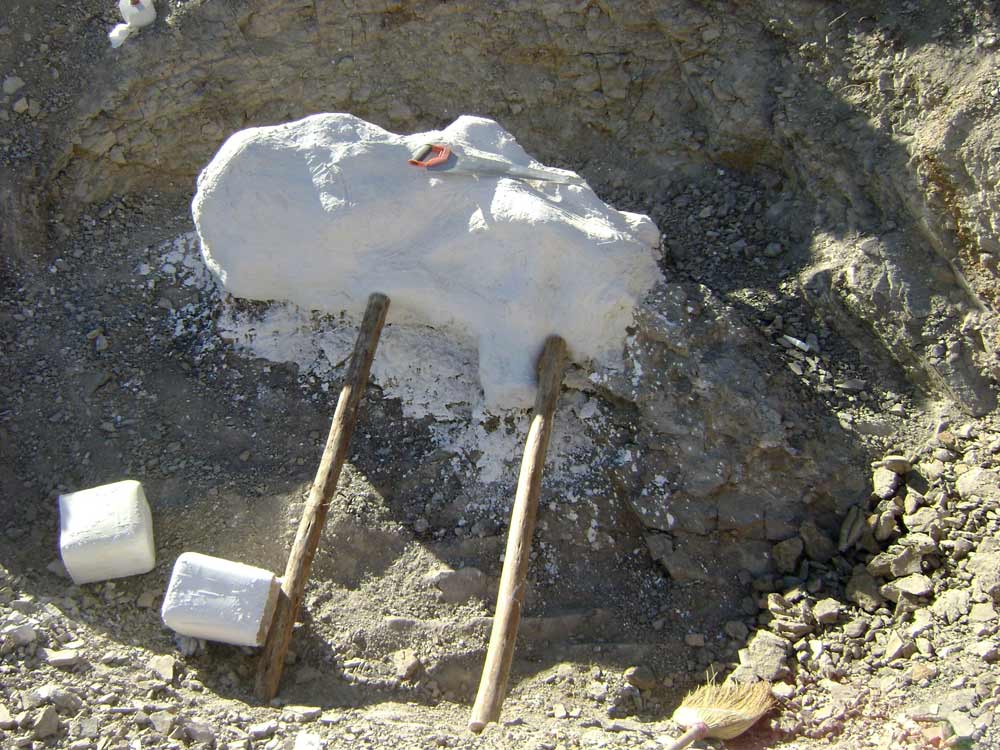
The skeleton of Eoabelisaurus mefi, already partially jacketed and supported by two wooden beams.
Stubby-Armed Dino
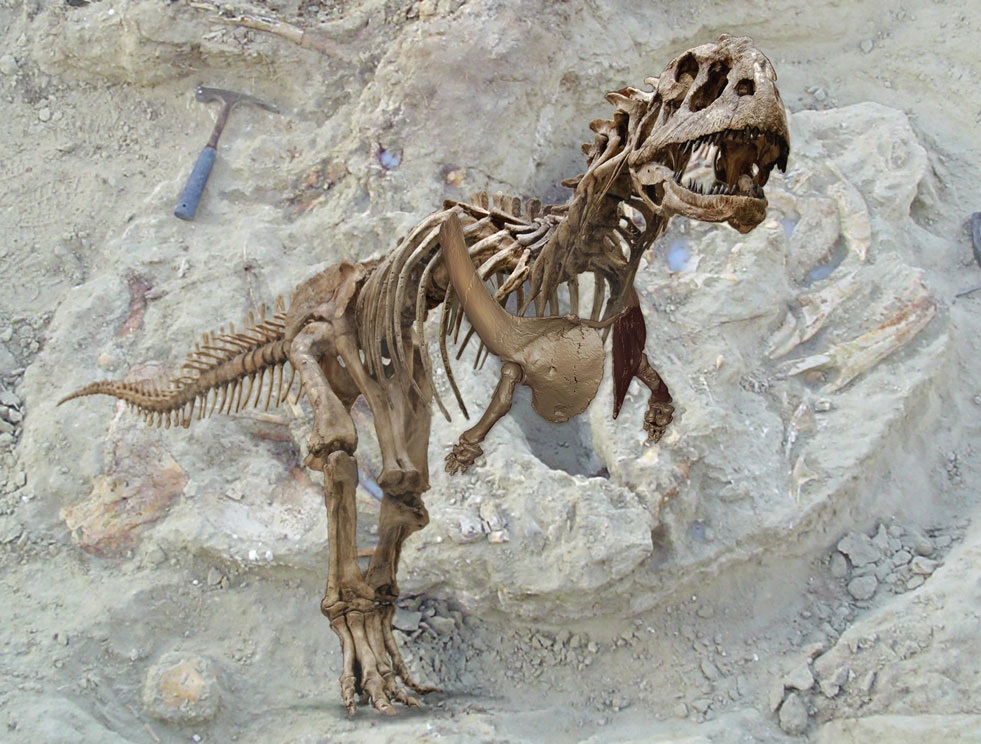
Abelisaurids are known for their stubby arms, having an enlarged shoulder girdle that indicated muscle strength, as well as more flexibility of the upper arm. The bizarre forelimb and shoulder girdle of abelisaurid theropod dinosaurs are highlighted in the reconstructed skeleton of Shown here, a reconstructed skeleton of the abelisaurid Majungasaurus crenatissimus from the Late Cretaceous of Madagascar, with the bizarre forelimb and shoulder girdle highlighted.
Fat Fingers

CT reconstruction of the forelimb and shoulder blades of Majungasaurus crenatissimus, showing the extremely shortened yet robust forearm bones, absent wrist bones, and four stubby fingers.
Get the world’s most fascinating discoveries delivered straight to your inbox.



